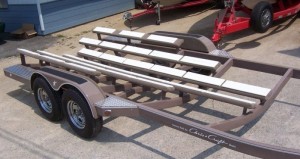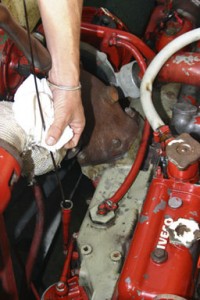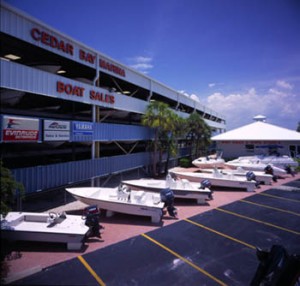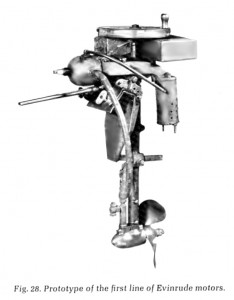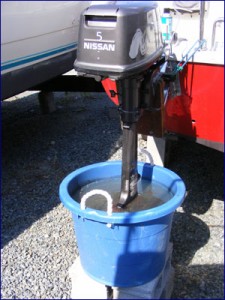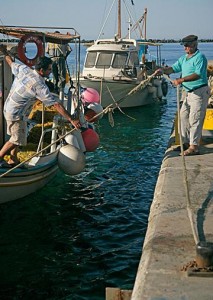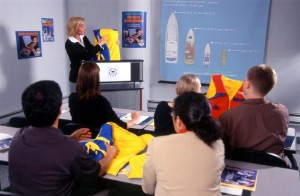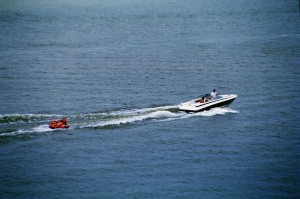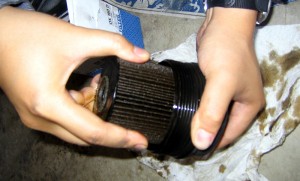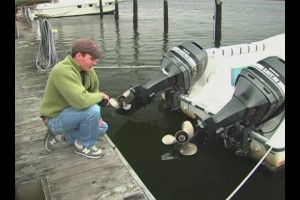Environmentally Safe Boating: Part Two
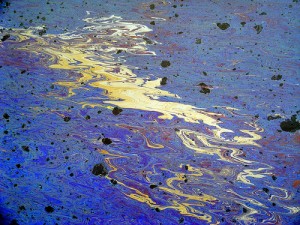 The BP oil spill has rekindled public awareness of the detrimental effects humans can have on water and ecosystems. And while the oil flowing into the Gulf of Mexico is extremely hazardous, materials from your boat can be just as dangerous. Petroleum alone is perilous for wildlife, but gasoline also contains benzene and other carcinogens. As we have seen in recent weeks, cleaning water is an infinitely difficult proposition, so the best M.O. is to prevent a spill in the first place.
The BP oil spill has rekindled public awareness of the detrimental effects humans can have on water and ecosystems. And while the oil flowing into the Gulf of Mexico is extremely hazardous, materials from your boat can be just as dangerous. Petroleum alone is perilous for wildlife, but gasoline also contains benzene and other carcinogens. As we have seen in recent weeks, cleaning water is an infinitely difficult proposition, so the best M.O. is to prevent a spill in the first place.
Outboard motor oils, such as Evinrude XD100, contain a litany of potentially dangerous elements as well, including zinc, sulfur and phosphorus. Some people assume that a relatively small amount of gasoline or oil spilling into the water isn’t a big deal, using the BP logic that the body of water is immense, so my little quantity of oil is just a drop in the bucket. In fact, just one pint of oil has the capability of covering once acre of surface area on the water.


